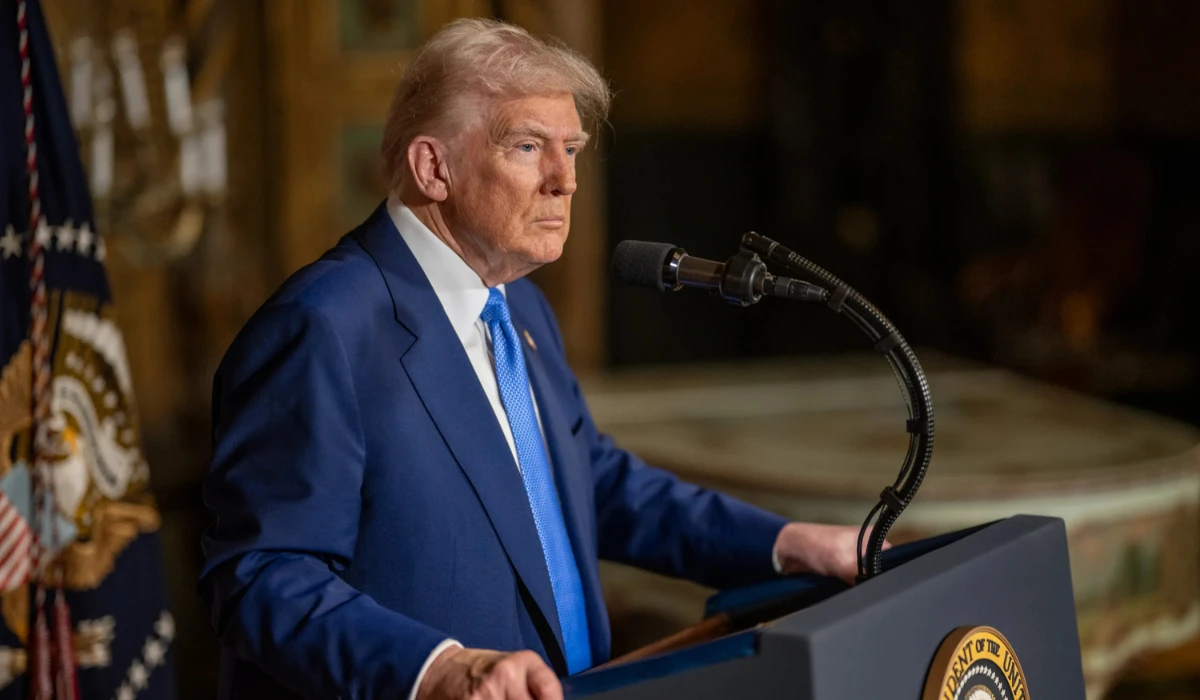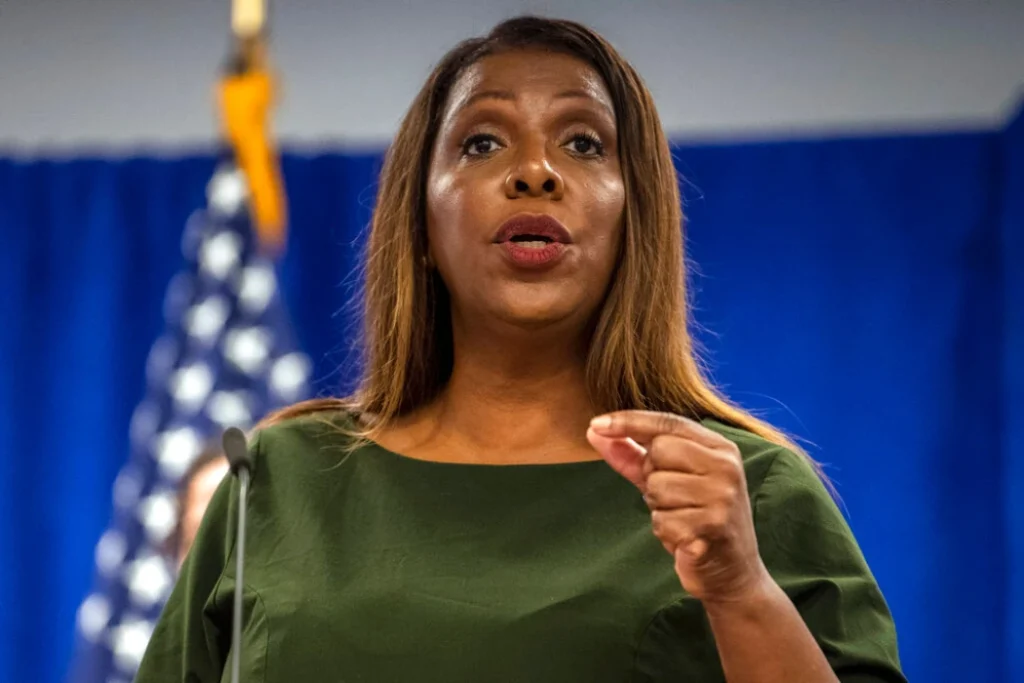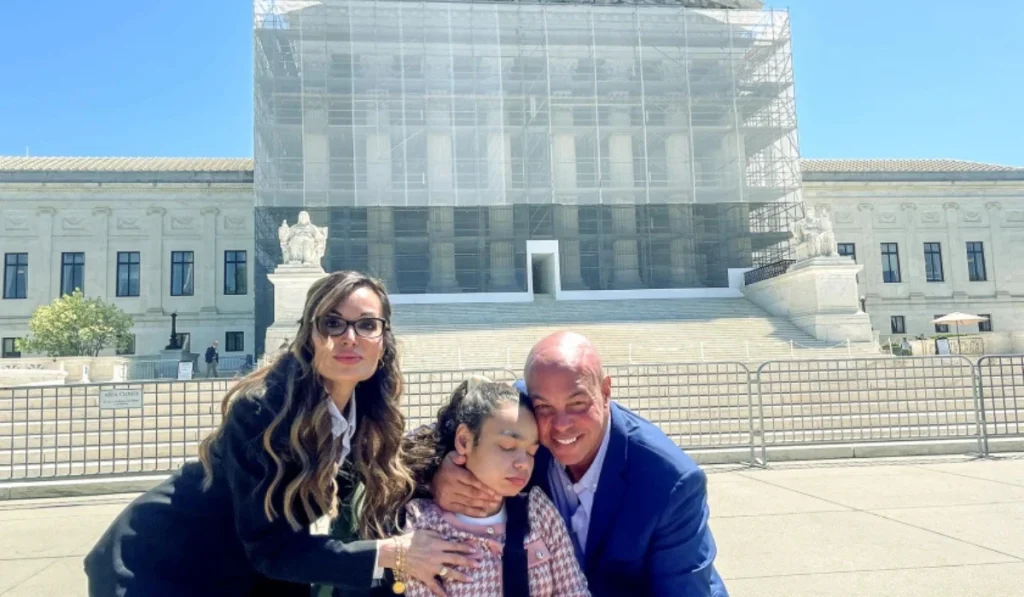President Donald Trump’s newly unveiled budget proposal, dubbed the “One Big Beautiful Bill,” has folks buzzing with hope and concern. While the White House promotes tax relief and beefed-up border security, urban communities from the Bronx to Long Island are bracing for potential cuts that could reshape their neighborhoods.
In places like Freeport, New York, where working families already stretch every dollar, the budget’s drastic cuts to healthcare, education, and public assistance could have severe consequences. Here’s a breakdown of what you need to know about the good and the not-so-good elements of Trump’s budget.
5 Promising Aspects of Trump’s Budget Proposal
1. Tax Relief for the Working Class
Bartenders in Brooklyn, waitstaff in Washington DC, and hotel workers in Harlem might actually keep more of their hard-earned money under Trump’s tax plan. The extension of the 2017 tax cuts, combined with new exemptions for tips, overtime pay, and social security benefits for seniors earning less than $75K annually, could mean several thousand extra dollars annually for service workers in major metropolitan areas where the cost of living continues to soar.
“When you’re paying $2,500 for a one-bedroom in Queens, every dollar counts,” notes Jamal Harris, a bartender at Astoria’s Riverside Lounge. “If my tips stop getting taxed, that’s real money I can use for my kid’s school supplies.”
2. MAGA Accounts for Newborns
The proposed “MAGA Accounts” for children born between 2024 and 2028 could have meaningful implications in cities where birth rates have been climbing among millennials. These federally funded accounts are intended to help families build long-term savings, particularly for education or housing, and could support financial stability for future generations.
3. SALT Relief for Homeowners
Homeowners in high-tax areas like New York, Connecticut, San Francisco, and Chicago have been particularly vocal about the $10,000 SALT deduction cap implemented in 2017. The proposed increase from $15,000 to $30,000 for joint filers earning up to $400,000 annually and to $15,000 for single filers earning up to $200,000 represents a concession to blue-state voters. However, many critics are calling it insufficient.
“For a family in Nassau County paying property taxes alone of $15,000 plus state income taxes, this adjustment barely scratches the surface,” declared Councilwoman Maria Suarez during a heated town hall in Hempstead last week. “Our communities need the full deduction restored.”
Rep. Nick LaLota of New York called for a higher cap of $62,000 for single filers and $124,000 for joint filers, citing the need for greater relief for constituents with high state and local taxes.
4. Prescription Drug Price Reductions
The administration’s focus on reducing prescription drug prices could benefit elderly residents and individuals with chronic health conditions. Senior centers in places like Miami’s Little Havana and Chicago’s Uptown neighborhood have already begun informational sessions explaining how Executive Order 14297 might lower costs for common medications.
5. Defense Spending Could Boost Urban Manufacturing Hubs
While not often highlighted in progressive urban circles, increased defense spending could mean jobs for cities with manufacturing sectors. Places like Philadelphia, Baltimore, and parts of Detroit could see increased employment opportunities from defense contractors expanding their operations.
5 Concerning Aspects of Trump’s Budget Proposal
1. Cuts to Health and Social Services
One of the most controversial elements of the budget is the significant reduction in funding for healthcare and social services:
- $674 million cut from the Centers for Medicare and Medicaid Services (CMS) program management.
- Cutting $721 million from USDA’s Rural Development programs, impacting broadband, small businesses, and housing loans.
In cities where healthcare access already follows stark racial and socioeconomic lines, these cuts could deepen existing disparities.
“We serve 200 patients daily with a staff of just 15 people,” explained Dr. Aisha Johnson, medical director at a South Side Chicago clinic. “Less funding means fewer providers, longer waits, and ultimately, worse health outcomes for our community.”
These cuts could leave millions without essential healthcare and housing assistance.
2. Severe Reductions to Education Funding
The proposed $4.5 billion cut to K-12 education and $315 million from preschool development grants would be tragic to urban school districts. In Detroit, where schools have already faced emergency management and chronic underfunding, administrators are calling emergency meetings to discuss contingency plans.
“Our students don’t have textbooks now,” said Shawna Robinson, a high school teacher in Baltimore. “I can’t imagine what we’ll lose with another round of cuts. Our kids deserve better than this.”
Programs designed to close achievement gaps in urban schools, including after-school services and specialized reading interventions, would likely be eliminated.
3. Defunding Clean Water Infrastructure
The budget proposes cutting nearly $2.5 billion from state funding for clean water infrastructure. Communities that have faced water crises, like Flint, Michigan, could see their efforts to secure safe drinking water further hindered. Newark residents, who recently experienced their own lead water crisis, are particularly concerned. “We just got our water situation under control, and now they want to cut the funding that made it possible?” questioned community activist DeShawn Williams. “People will get sick if these pipes don’t get replaced.”
4. Public Housing Crisis Looms Larger
The $26 billion cut from federal rental assistance programs has housing advocates in major cities sounding alarm bells. In New York City alone, where the public housing system houses more residents than the entire population of Miami, these cuts could be catastrophic.
“We’re already dealing with a repair backlog of $40 billion,” explained Darren Washington, tenant association president at Brooklyn’s Marcy Houses. “Without federal support, people will be living with mold, lead paint, and broken elevators indefinitely.”
Urban homeless shelters are also preparing for potential overflow as rental assistance programs face the chopping block.
5. Elimination of Programs for the Vulnerable
Beyond healthcare and education, the budget also seeks to eliminate funding for programs supporting marginalized communities, including:
Diversity, Equity, and Inclusion (DEI) initiatives and Federal support for affordable housing.
What This Means for Working Families
Trump’s budget is being framed as a strategic effort to bolster national security and promote economic growth. However, the proposed cuts raise serious concerns about the well-being of working-class and low-income communities.
“This isn’t about politics,” stated Cleveland Mayor Marcus Thompson. “It’s about whether our residents can access clean water, quality education, and affordable housing. These aren’t luxuries—they’re basic rights.”
Community organizers are already mobilizing to contact their representatives as Congress prepares to debate the proposal. From church basements in Harlem to community centers in South LA, city residents are strategizing to protect the services their neighborhoods depend on.
Whether Trump’s “One Big Beautiful Bill” will become law remains to be seen, and the potential impacts on working families remain uncertain.




